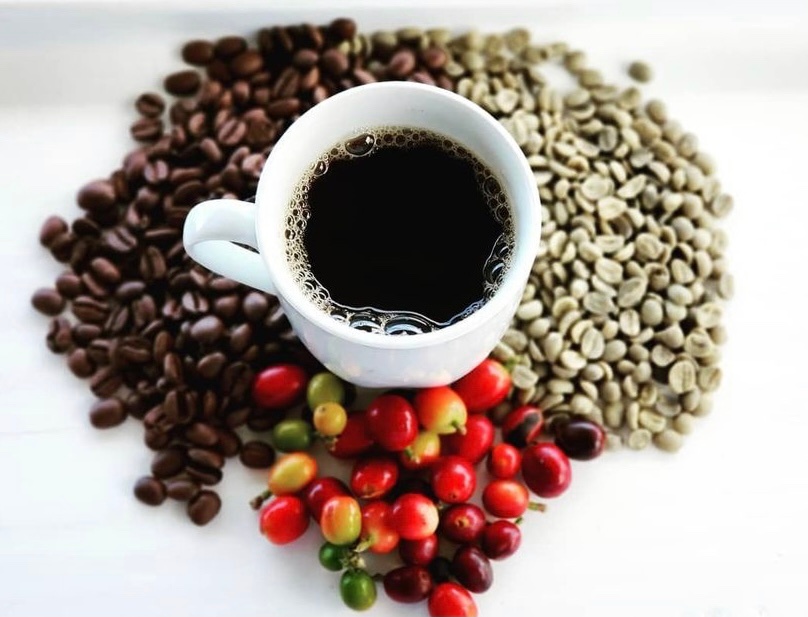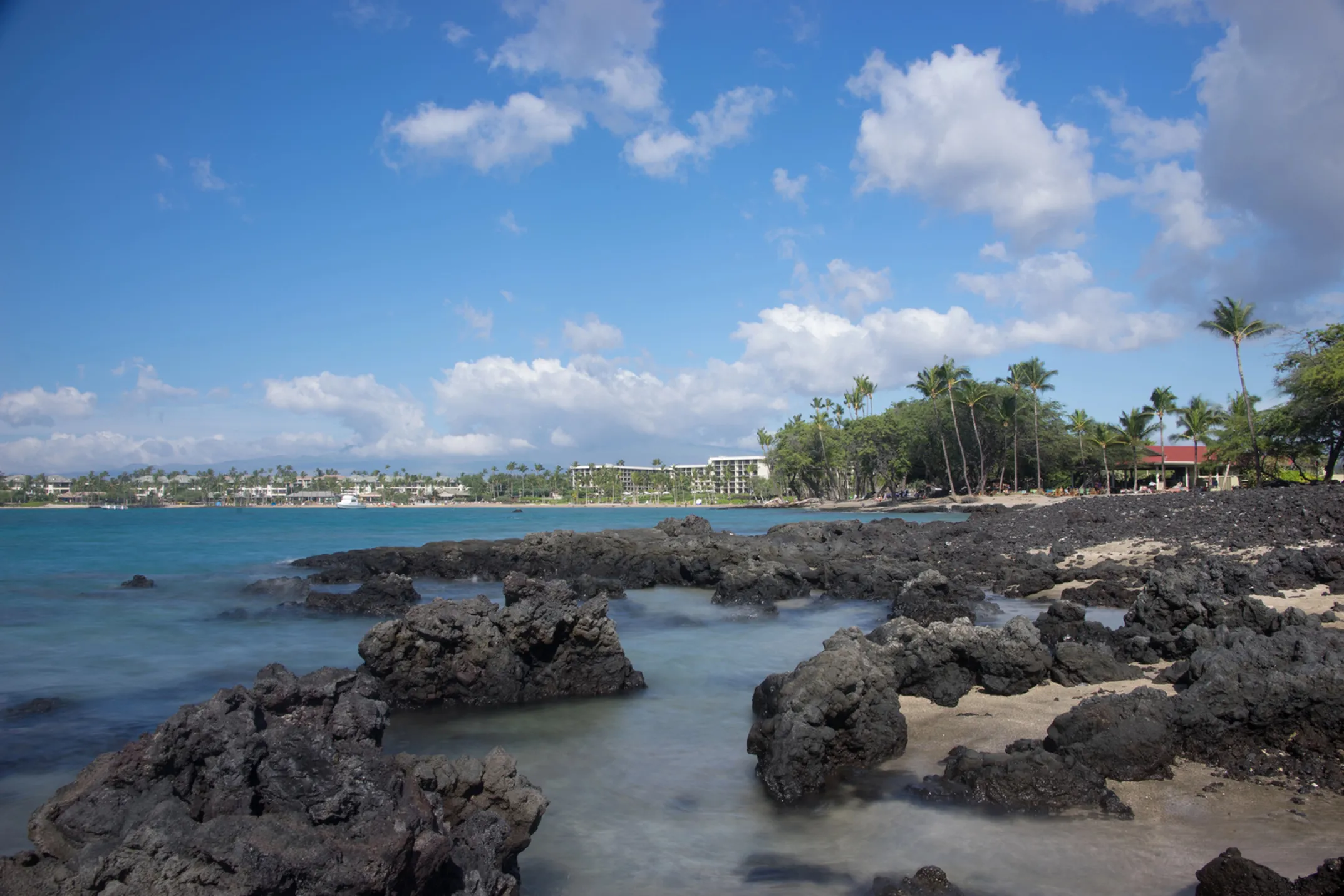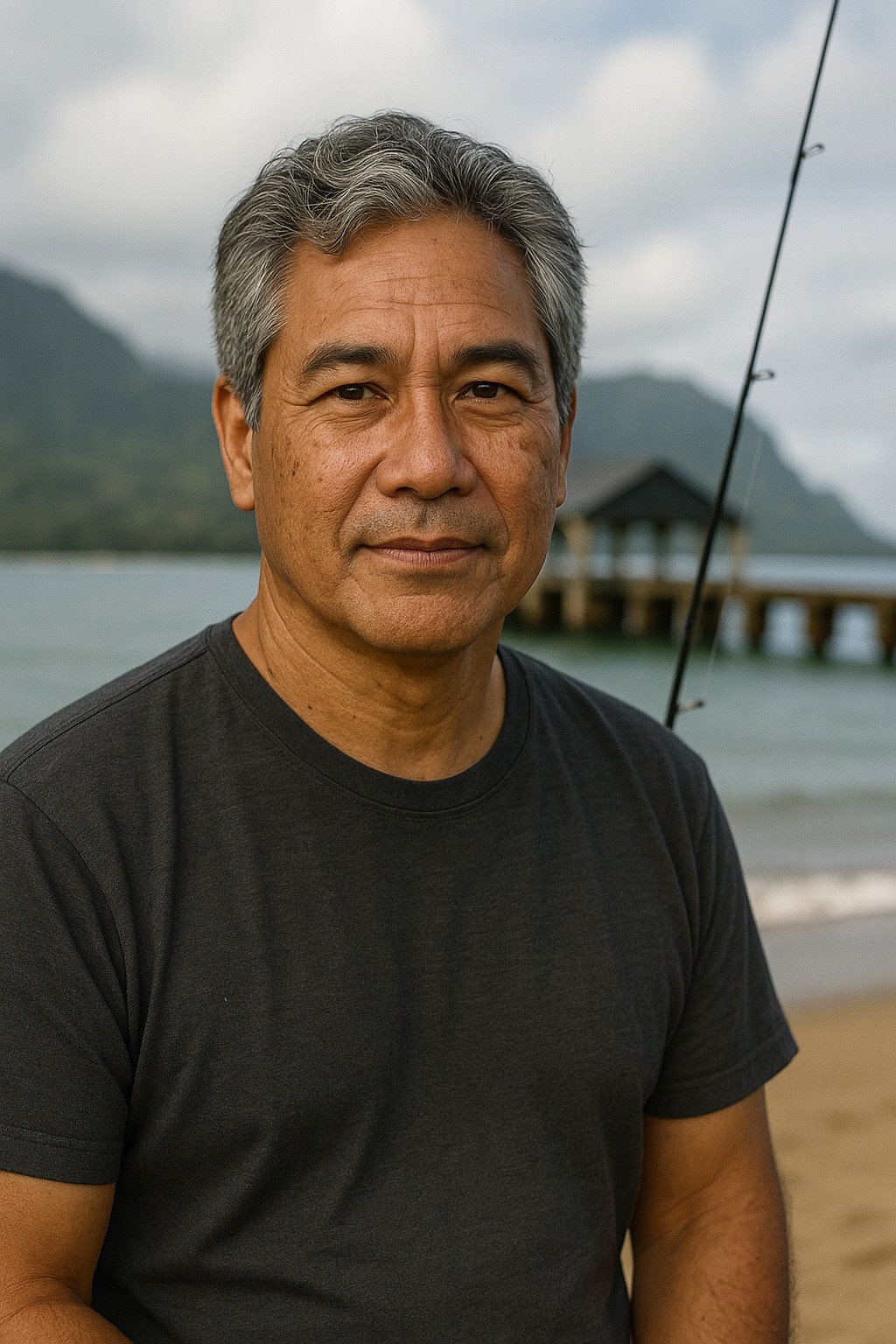
“Brew Your Best Cup”- Coffee Brewing Workshop
Heavenly Hawaiian Coffee Farm • Farm • Holualoa, Island of Hawaii • Hawaii

The Living History of Anaehoʻomalu Bay

Written by a Local Expert
Kalani MillerTo truly appreciate A-Bay, we have to look past the sand and sun. We have to understand that we are walking on sacred ground, a place shaped by a deep understanding of the land and sea. This isn't just a beach. It's a library of Hawaiian history, and the fishponds are its most precious books.
Before we can talk about the fishponds, we have to understand the world they belonged to. Ancient Hawaiians organized their society around a brilliant system of land division called the ahupuaʻa. Think of it as a perfect, self-sustaining neighborhood. An ahupuaʻa was typically a wedge-shaped slice of land that ran from the mountains (mauka) all the way down to the sea (makai), often following the natural boundaries of a watershed.
This design was pure genius. Within one ahupuaʻa, a community had access to everything it needed to thrive. The cool, wet uplands provided koa and ʻōhiʻa wood for building houses and canoes, and fertile ground for growing certain crops. The lowlands, or kula, were for farming staples like sweet potato and dryland taro. And the coastal area, the makai region, provided fish, salt, and access to the ocean highway. Anaehoʻomalu Bay is the coastal jewel of the Waikōloa ahupuaʻa, which is itself part of the larger district, or moku, of Kohala.
This system wasn't just about resources. It was about values. It required immense cooperation (laulima), deep respect (aloha), and a profound sense of stewardship (mālama) to ensure that the land and its resources would provide for generations to come. The health of the forest affected the health of the stream, which in turn affected the health of the fishpond and the reef. Everything was connected.
The story of the two magnificent fishponds that define the backdrop of A-Bay begins with the name of the place itself. Anaehoʻomalu translates to "restricted mullet" or "protected mullet". This isn't just a poetic name. It's a literal description of the ponds' purpose. For centuries, this was a royal pantry, an advanced aquaculture facility dedicated to raising the prized ʻanae (mullet) and other fish exclusively for the aliʻi, the ruling chiefs of Hawaiʻi.
The very concept of the Hawaiian fishpond, or loko iʻa, is tied to a powerful moʻolelo. Oral traditions tell of Kūʻula-kai, a man from Maui who possessed mana kupuna—supernatural powers over the fish of the sea. He was said to be able to summon fish at will. Kūʻula built the very first fishpond, and for his incredible skill, he was deified and is still venerated today as the Hawaiian god of fishing. All across the islands, fishermen would build sacred shrines called koʻa, often marked by an upright stone (pohaku), to honor Kūʻula and ask for his blessing of abundance. The ponds at A-Bay are a physical manifestation of this ancient and sacred tradition.
The larger of the two ancient ponds, this loko kuapā (pond with seawall) was an engineering marvel built by hand with thousands of lava rocks.
The genius feature that allowed small fish to enter but trapped them once they grew large - a self-stocking system.
The two ponds you see today are Kuʻualiʻi, the larger of the two, and the smaller Kahapapa. They are a specific type of pond known as a loko kuapā, meaning a pond with a seawall. This wall, or kuapā, is an engineering marvel, built by hand with thousands of lava rocks stacked perfectly without any mortar. But the true genius lies in a feature unique to Hawaiian fishponds: the mākāhā, or sluice gate.
Imagine a grate, traditionally woven from ʻōhiʻa branches, set within a channel in the seawall. The gaps in the grate were just wide enough to allow small, juvenile fish to swim from the open ocean into the calm, nutrient-rich waters of the pond. Inside, they would feast on the algae and seaweed cultivated by the pond keepers, growing fat and healthy. But once they grew to a certain size, they were too big to fit back through the mākāhā and return to the sea. It was a brilliant, self-stocking system that ensured a constant supply of fresh fish.
This supply was especially important to the aliʻi of the Kohala and Kona districts, most famously King Kamehameha I. Kamehameha the Great was born in North Kohala and unified the Hawaiian Islands, and these fishponds were part of his domain. The stories passed down through generations are incredible. They tell of the kūkini, a class of elite, swift-footed royal runners. When the king was in residence at his court in Kailua-Kona, a kūkini would be dispatched. Fish would be harvested from Kuʻualiʻi, wrapped in wet seaweed to preserve their freshness, and the runner would sprint down the coastal trail, delivering the king's dinner while it was still fresh from the water. When you walk the paths around these ponds, you are treading in the footsteps of these legendary runners.
This entire operation was overseen by a kiaʻi loko, a pond keeper. This was a position of great honor and responsibility, requiring a deep, scientific knowledge of the tides, the seasons, fish behavior, and water flow. The kiaʻi loko was both a biologist and an engineer, responsible for maintaining the walls, clearing silt, and managing the fish stocks for the chief.
Continue your journey through Anaehoʻomalu Bay's rich history and discover modern activities, dining, and photography tips.
Fishponds built for royalty
Royal runners delivered fresh fish
Community restored damaged walls
The ancient "trail by the sea" runs through A-Bay. Walk in the footsteps of Kamehameha's runners!
Total Length:
175 miles along coast
The path that the kūkini runners used is still here. It's called the Ala Kahakai National Historic Trail, the "trail by the sea". This ancient network of trails stretches for 175 miles, connecting communities, temples, and fishing grounds along the coast. A beautiful, well-maintained section of this trail runs right through Anaehoʻomalu, taking you along the fishponds and the shoreline. A walk along this path is a walk through time.
Just a short hike north from A-Bay along this trail will lead you to the Waikoloa Petroglyph Reserve. Here, you'll find thousands of kiʻi pōhaku—ancient images carved into the dark lava rock. These carvings of human figures, animals, and geometric symbols are a window into the lives, beliefs, and journeys of the people who called this place home centuries ago.
Even today, these ponds are a living history. They are actively maintained, a testament to their enduring cultural importance. Their resilience was put to the ultimate test in March 2011, when the tsunami generated by the great earthquake in Japan surged into the bay. The wave was so powerful it sliced the beach in two and broke a 100-foot hole in the ancient wall of the Kuʻualiʻi fishpond. But the community, recognizing the importance of this place, came together to repair the wall, painstakingly rebuilding the breach and restoring the pond—a powerful modern chapter in its long history.

Heavenly Hawaiian Coffee Farm • Farm • Holualoa, Island of Hawaii • Hawaii

